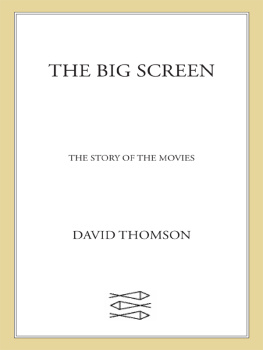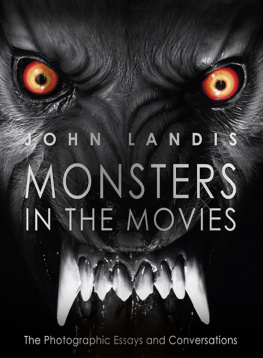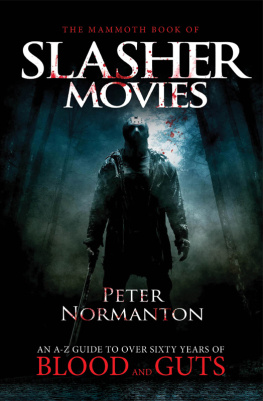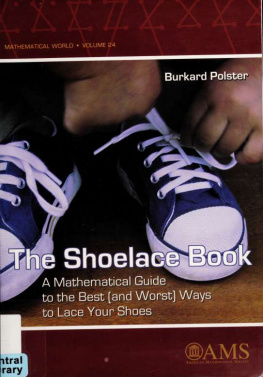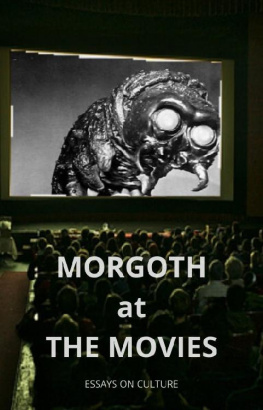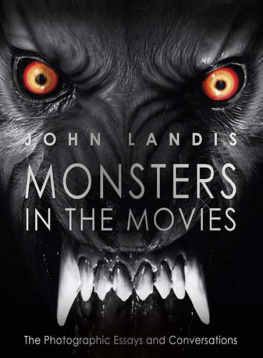Math Goes to the Movies
MATH GOES TO THE MOVIES
Burkard Polster
Marty Ross

2012 The Johns Hopkins University Press
All rights reserved. Published 2012
Printed in the United States of America on acid-free paper
9 8 7 6 5 4 3 2 1
The Johns Hopkins University Press
2715 North Charles Street
Baltimore, Maryland 21218-4363
www.press.jhu.edu
Library of Congress Control Number: 2011943465
ISBN 13: 978-1-4214-0483-7 (hc)
ISBN 10: 1-4214-0483-4 (hc)
ISBN 13: 978-1-4214-0484-4 (pbk)
ISBN 10: 1-4214-0484-2 (pbk)
A catalog record for this book is available from the British Library.
Special discounts are available for bulk purchases of this book. For more information, please contact Special Sales at 410-516-6936 or specialsales@press.jhu.edu.
The Johns Hopkins University Press uses environmentally friendly book materials, including recycled text paper that is composed of at least 30 percent post-consumer waste, whenever possible.
Contents
Preface
About ten years ago, on a whim, we began to collect movies containing mathematics. Now, as a consequence of that whim, we own a library of more than 800 movies on DVD, VHS, 16 mm, Laserdisc, and some strange thing called a CED video disc. The movies range from those expressly about mathematicians, to those that, for whatever reason, just happen to have a snippet of humorous mathematical dialogue.
Over the years, we have found that it is not only professional mathematicians who find the fun in this cinematic mathematics. Just about everybody is charmed by Meg Ryan explaining Zenos paradox in I.Q., Danny Kaye singing about Pythagorass theorem in Merry Andrew, Lou Costello explaining to Bud Abbott why 7 13 = 28 in In the Navy, and so on. Our book, and its accompanying page on our website www.qedcat.com , is an attempt to identify, organize, and engagingly present this fascinating and funny material.
Our intended audience comprises mathematicians, math students, teachers, and more generally anyone who enjoys a Saturday night at the movies (popcorn and all), has some appreciation of mathematics, and has a sense of fun. That is, were writing for people like ourselves and our friends, raised on a diet of both modern movie-going and mathematical popularizations by the likes of Martin Gardner.
Math in the Movies So Far
There have been a number of previous attempts to organize and popularize movie mathematics. The following are particularly notable:
A number of excellent websites (all easily found with Google). Most notable are Arnold G. Reinholds The Math in the Movies page and Alex Kasmans Mathematical Fiction page, both containing lists and summaries of movies with mathematical content. Oliver Knills website is a great source for mathematical movie clips. There are also specialized websites, which are extremely comprehensive: Andrew Nestlers and Sarah J. Greenwalds terrific website dedicated to mathematics in The Simpsons; the math section of the Spanish website La Indoblable Pgina de Bender Bending Rodriguez, dedicated to mathematics in Futurama; and Wolframs Numb3rs website, dedicated to math in the TV series NUMB3RS.
A number of mathematical movie festivals, in particular that organized by Michele Emmer and Michele Mulazzani in Bologna in 2000, and the Cinemath festival organized by Robert Osserman and Michael Singer in Berkeley in 2002.
Several articles about mathematics in the movies by some of the most well known popularizers of mathematics, including Keith Devlin and Ivars Peterson.
The books and articles by Michele Emmer.
The very comprehensive Spanish book Las Matemticas en el Cine by Alfonso Jess Poblacin Sez (Spanish Mathematical Society, 2006). Alfonso also has a companion Cine y mathemticas website.
The book The Numbers Behind NUMB3RS: Solving Crime with Mathematics by Keith Devlin and Gary Lorden (Plume, 2007).
Our Book
Our goal is to complement and significantly extend the available information about math in the movies. There is no intention to be truly encyclopedic and to document every last occurrence of math in the movies. There are simply too many boring scenes that are better left unmentioned. Also, except for a few compelling references, we have tended to stick to the movies and to leave TV alone. In particular, we have included only a small fraction of the wonderful math in The Simpsons, Futurama, and Numb3rs. These are huge and worthy projects in themselves, and all have been successfully accomplished elsewhere.
We have, however, attempted to be functionally encyclopedic: in conjunction with our website, we have endeavored to hunt down and to describe all the good stuff, the scenes we believe are of general appeal and usefulness. Furthermore, our emphasis is really on the math and the fun of seeing it on the big screen, not on anything else. The flipside is that our book probably offers little to experts in cinema studies and serious movie critics.
Our source material ranges from the hilariously nonsensical to very nice adaptations of beautiful mathematics. The movies vary from 1984, containing just one (critical) line of mathematical dialogue, to a movie such as , which has math in almost every scene.
To gain control of all this material, to get a proper sense of what is there, we began with some serious organization and documentation:
Systematically excerpting and commenting on relevant dialogues, screen shots, directors comments on DVDs, published interviews, and so on.
Reconstructing the content of blackboards, exam papers, and the like, which appear in the various scenes.
Identifying mistakes and making what sense we could of confusing scenes.
Reviewing all the documentation and commentary we could find on movie mathematics, including the websites and writings mentioned above.
Whenever possible, interviewing mathematicians who acted as consultants for the movies.
Checking out novels and plays, where movies were based on such sources.
When we set out to write this book, we intended to cover everything, and given the amount of material weve looked at we could probably do just thatin twenty thick volumes. We contemplated various ways of managing the material, for instance by restricting ourselves to feature movies. However, doing so would have excluded many highlights.
After experimenting with various formats, we decided on a collage approach. So we worked on creating self-contained chapters, permitting the chapters to differ radically in terms of content, style, and language. This allowed us to style each chapter as seemed best for the specific material.
Some of the chapters are based on a theme (for example, the fourth dimension or infinity); in these chapters we thread the relevant material from different movies into mathematical surveys, with the aim of both informing and entertaining. Other chapters are built around a single very mathematical movie, such as or Good Will Hunting; these chapters are as much stories of the movies as of the specific mathematics. Two final sections contain annotated lists of movies according to their content: real mathematicians, famous actors playing mathematicians, geometry, probability, and so on.
Our Website
Some movie math is really, really
Next page

